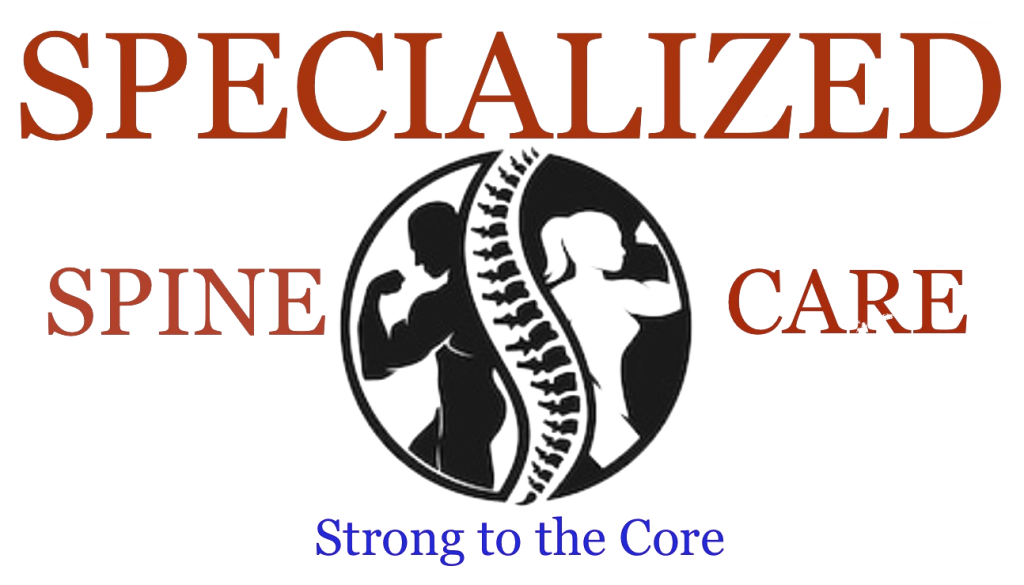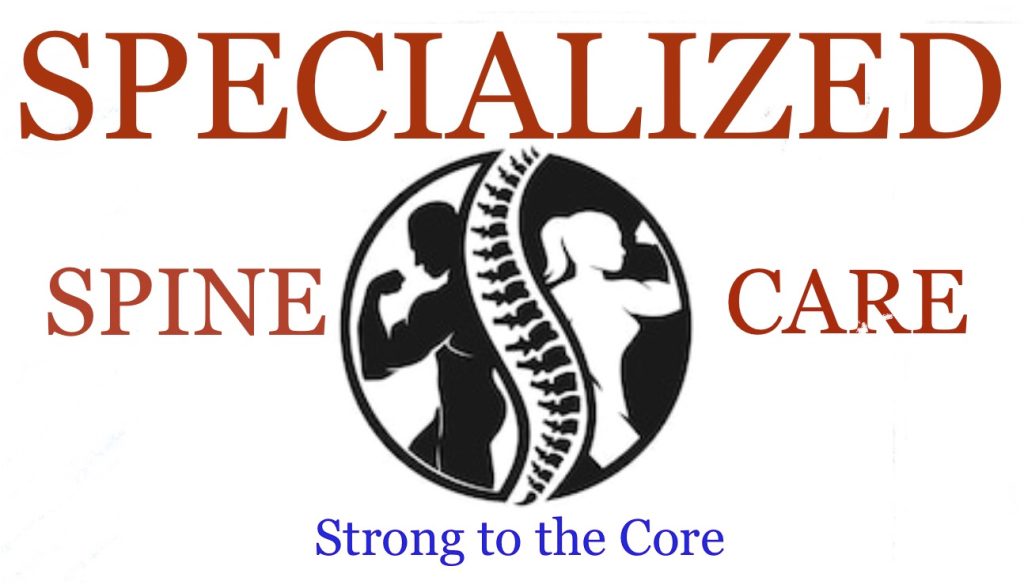Your spine is one of the most important parts of your body. It supports your weight, allows you to move freely, and protects your spinal cord—the main pathway between your brain and the rest of your body. Yet, many people ignore their spine until pain or stiffness becomes a daily problem. Whether you spend your days sitting at a desk, driving long hours, or lifting heavy objects, caring for your spine should be part of your everyday routine.
Realistic Ways to Protect Your Back and Your Spine
1. Maintain Good Posture
Good posture is the foundation of spinal health. When your spine is aligned, your muscles and joints work more efficiently, reducing pressure on discs and nerves. Poor posture, on the other hand, can cause pain, fatigue, and even long-term damage.
When standing, keep your shoulders back and relaxed, your head level, and your weight balanced on both feet. Imagine a straight line running from your ears through your shoulders, hips, knees, and ankles.
When sitting, choose a chair that supports the natural curve of your lower back. Keep your feet flat on the floor, knees at hip level, and avoid slouching or leaning forward for long periods. If you work at a computer, position your monitor at eye level so you’re not constantly bending your neck.
2. Strengthen Your Core
Your core muscles—the ones around your abdomen, lower back, and hips—play a major role in supporting your spine. Weak core muscles force your back to do most of the work, which can lead to strain or injury.
Simple exercises such as planks, bridges, and gentle yoga poses can help build core strength. Even light activities like walking or swimming engage these muscles and improve stability. Aim for at least three short sessions a week, and remember to move with control rather than speed.
3. Lift Properly
One of the most common causes of back injury is poor lifting technique. Whether you’re picking up groceries or moving furniture, the way you lift matters.
To lift safely, stand close to the object with your feet shoulder-width apart. Bend at your knees—not your waist—and keep your back straight as you lower yourself. Use the strength of your legs to lift, and hold the item close to your body. Avoid twisting your torso while lifting or setting the object down.
If something feels too heavy, ask for help or use a dolly or cart instead of risking injury.
4. Stay Active
Movement keeps your spine flexible and nourishes the discs that cushion your vertebrae. Long periods of inactivity can cause stiffness and weaken the muscles that protect your back.
You don’t need intense workouts to benefit your spine. Even moderate activity—like walking, stretching, or gentle cycling—improves circulation and helps maintain mobility. If you work at a desk, stand up or stretch at least once every 30 minutes. Small breaks can prevent tension from building up in your back and neck.

5. Sleep in a Spine-Friendly Position
Your spine needs rest as much as your muscles do. Sleeping in an awkward position or on a poor mattress can strain your back overnight.
The best sleeping position for most people is on their side with a small pillow between the knees. This keeps your spine in a neutral position and reduces pressure on your lower back. If you prefer sleeping on your back, place a pillow under your knees to maintain the spine’s natural curve.
Choose a mattress that offers medium to firm support and a pillow that keeps your head aligned with your shoulders—not too high or too flat. If you’re interested, read about spine surgeries.
6. Watch Your Weight
Carrying excess weight, especially around the midsection, can pull your pelvis forward and stress your lower back. Maintaining a healthy weight through balanced eating and regular exercise helps reduce that strain.
Focus on foods rich in calcium, magnesium, and vitamin D, which support bone strength. Drink plenty of water to keep the discs between your vertebrae hydrated and flexible.
7. Manage Stress
Stress doesn’t just affect your mind—it affects your muscles too. When you’re tense, your neck, shoulders, and lower back often tighten up, which can cause or worsen pain.
Try deep breathing, meditation, or gentle stretching to relax your body and calm your mind. Even short walks outdoors or listening to music can reduce stress and ease muscle tension.
8. Avoid Smoking
Smoking reduces blood flow to the spine and speeds up the breakdown of spinal discs. It can also delay healing after injuries and increase your risk of chronic back pain. Quitting smoking is one of the best things you can do for your overall health—including your spine.
9. Pay Attention to Early Warning Signs
Back pain that doesn’t go away shouldn’t be ignored. If you experience numbness, tingling, weakness, or shooting pain in your back or legs, consult a healthcare professional. Early diagnosis can prevent minor problems from turning into serious conditions like herniated discs or nerve compression.
A chiropractor, physical therapist, or orthopedic specialist can assess your spine and recommend specific exercises or treatments suited to your needs. specialized spine care


